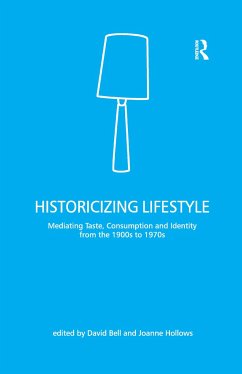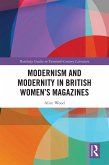Lifestyles have a history, and lifestyle media is fundamentally implicated in this history. This original volume examines issues of taste, media and lifestyle from the 1900s to 1970s, providing a wealth of empirical evidence and debate from varied international perspectives. Including examples as diverse as 'Good Housekeeping' and 'Playboy', it explores the continuities and discontinuities between the past and present to provide a better understanding of the representation of lifestyle and its relationship to the self. The volume demonstrates how ideas about gender, nation and 'race' problematize taken-for-granted assumptions about lifestyle, with particular emphasis on the new middle classes in the US. The book also examines the role of advertising and marketing in mediating ideas about lifestyle, the role of material culture in the construction of cultural hierarchies and the positioning of social groups within wider cartographies of taste. The volume makes a significant contribution to this growing field and will interest academics and students in media and cultural studies, communication studies, cultural history and sociology.
'This lively and important collection of essays is required reading for anyone who is interested in the serious and critical study of lifestyle...From Good Housekeeping to Ebony, via Playboy and the lifestyle depths of leisure sports such as scuba diving, each chapter provides a finely judged case study, which both challenges and genuinely advances our understanding of the historical roots of lifestyle culture.' Tim O'Sullivan, De Montfort University, UK 'This book conclusively demonstrates that the arguments for lifestyle being a phenomenon of the 1970s and later overlook much earlier evidence. This fascinatingly diverse collection of studies of the relentless direction of varied middle class lifestyle practices between 1920 and 1970 is a key reading for all concerned with twentieth-century consumer culture.' Frances Bonner, University of Queensland, Australia 'This book is an informative addition to the design historian's bookshelf. It will be an asset to scholars and students of consumption, leisure, histories of publishing and, to a lesser extent, reading and cultural studies more generally.' Journal of Design History








